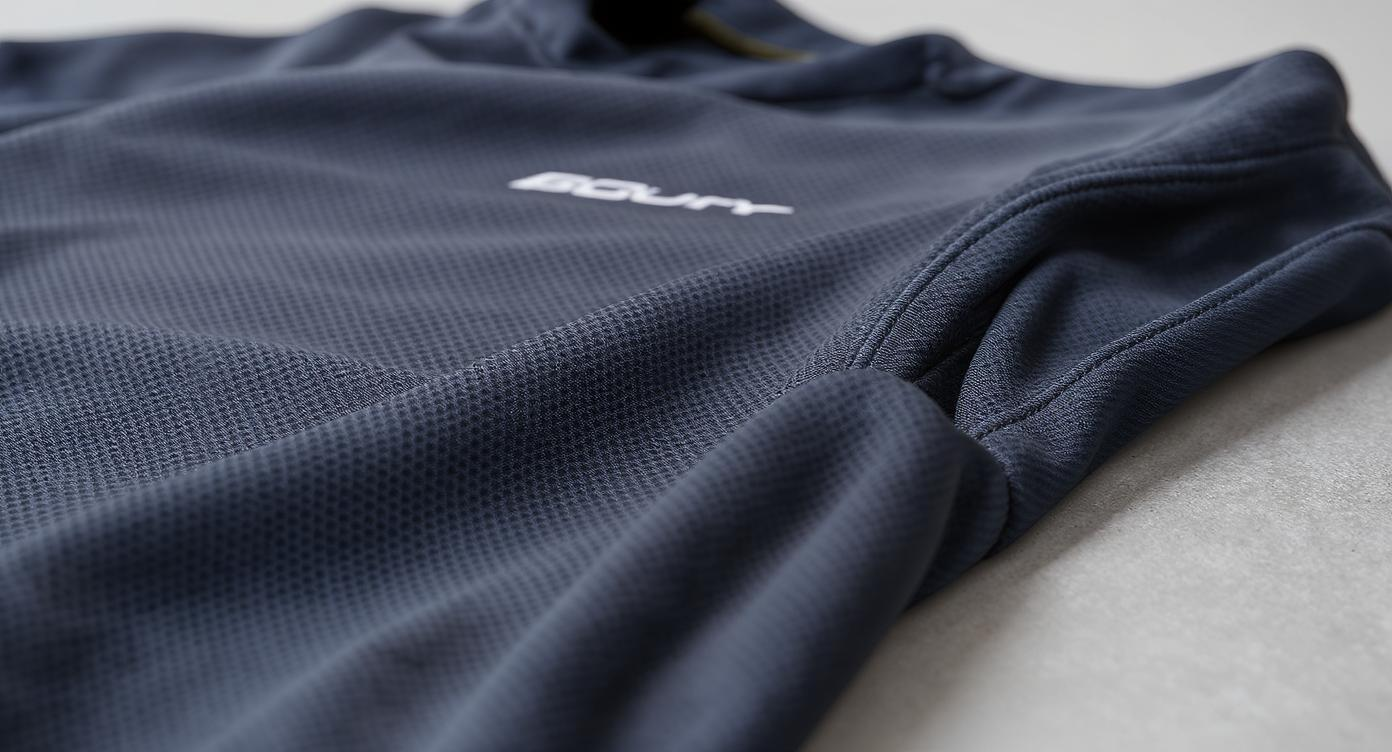Look, I’ve been in the equestrian apparel game long enough to know when something’s off. Not broken—just… misaligned. Like a saddle that feels fine until mile three. You’re riding along, thinking everything’s smooth, and then—bam—you realize the gear you trusted is actually working against you.
I just got back from a supplier audit in China. Twelve hours on the factory floor. Eight hours in Zoom debriefs. My back aches, my eyes are dry, and I haven’t seen my kid in four days. But you know what stuck with me? A single comment from a rider we’d outfitted for a clinic in Sweden:
“I didn’t know baselayers could do that.”
That’s the thing. Most people think baselayers are just… shirts. Underwear. Something to wear under the breeches and jacket. But if you’re sweating through your back in winter, or chafing after an hour in the saddle, or freezing your core off during a dawn trail ride—you’re not wearing a baselayer. You’re wearing a liability.
And here’s the kicker: the brands selling these “performance” baselayers? Half of them don’t even ride. They outsource to factories that make yoga pants and call it a day. No riding-specific design. No biomechanical testing. No real feedback from actual riders in real conditions.
So yeah, I’m tired. But I’m also done pretending.
Let’s talk about what modern riding baselayers should be—and why most of them fail. And if you’re a rider, a retailer, or someone building an equestrian brand, this isn’t just about comfort. It’s about credibility.
Welcome to the real conversation. You can find the full scope of what we do at Fexwear right here .
Baselayers Aren’t Magic—They’re Science (And Most Brands Don’t Get It)
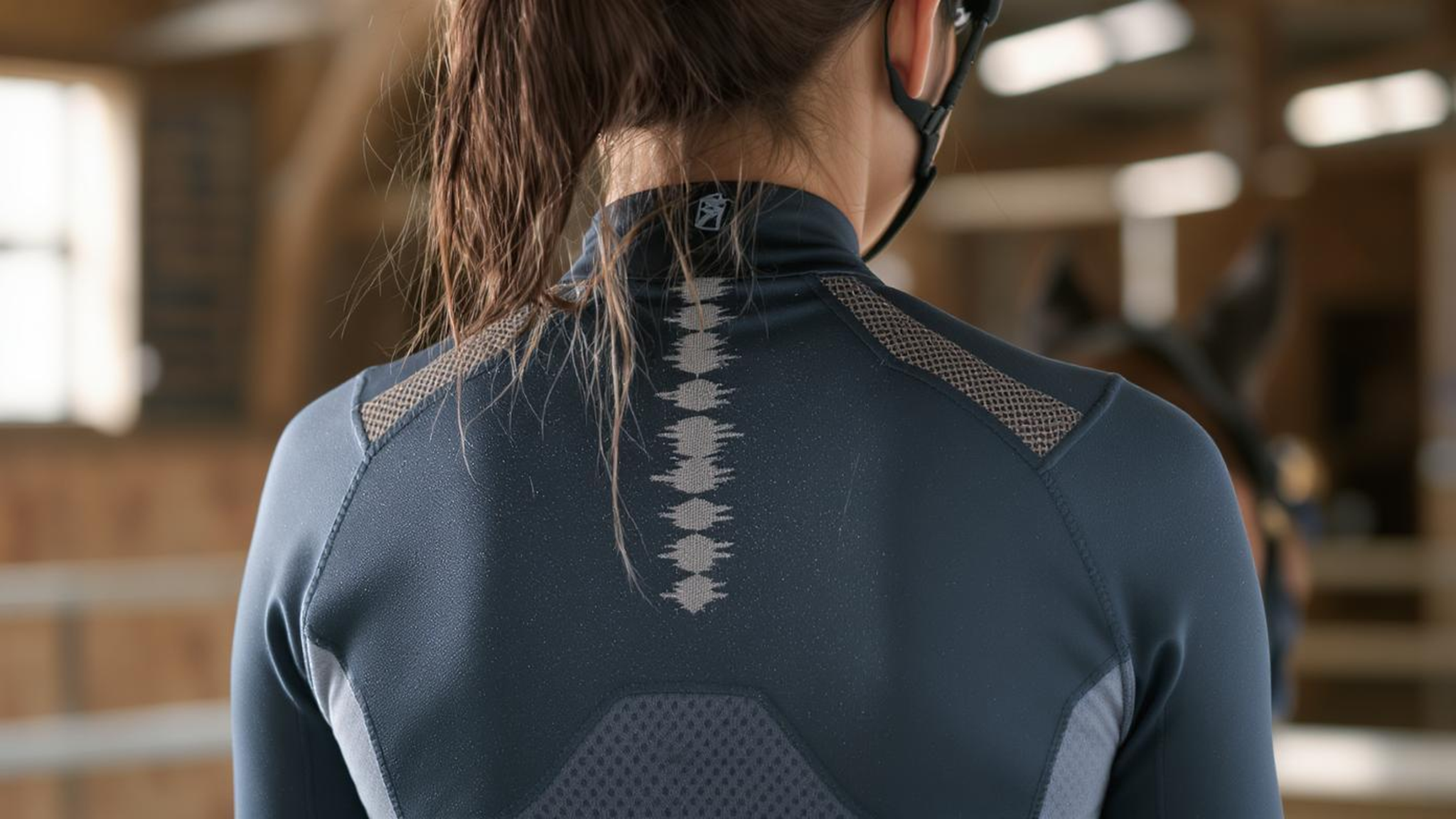
You ever put on a “moisture-wicking” baselayer, hit the ring, and end up soaked by the second flatwork session? Yeah. That’s not you. That’s the fabric.
Here’s what most brands won’t tell you: wicking isn’t just about the fiber. It’s about the structure. A baselayer made from 90% polyester might claim to wick, but if the knit is too tight, or the seam placement is off, or there’s no gradient in the yarn density—it’s just a glorified cotton t-shirt with a marketing budget.
I saw it last month. A client sent us a sample from a big-name equestrian brand. “Premium CoolMax blend,” it said on the tag. I cut it open. Single-layer, uniform knit. No zoned ventilation. No differential wicking zones. The underarm panels? Identical to the back. It wasn’t designed for riding. It was designed for looking like riding gear.
At Fexwear, we don’t just pick fabrics—we engineer them. We use gradient knitting so the back has higher capillary action, pulling sweat away from the spine and toward the shoulders where airflow is better. We map moisture zones based on thermal imaging from real riders. Not mannequins. Not models. Actual people on actual horses.
And yeah, we test in the cold, too. Saw a guy in Alberta last winter—wore our ThermoWeave™ baselayer under his show coat during a -15°C outdoor lesson. Two hours in the saddle. Came in, pulled off his layers, and his baselayer was dry. Not damp. Not “managing” moisture. Dry. Because the phase-change materials absorbed excess heat during work and released it during standing breaks.
That’s not luck. That’s fabric intelligence.
The Myth of “One Fabric Fits All”
You see brands say, “Our baselayer works for summer and winter.” That’s like saying a convertible works for Death Valley and the Arctic Circle. Sure, technically. But is it smart?
We get this all the time: “Can I use the same baselayer year-round?”
Our answer? Only if you want to compromise.
- Summer riding? You need ultra-light, open-knit, UV-protected mesh with silver-ion odor control.
- Winter? You need bioceramic-infused thermal retention with moisture-pull channels.
- Indoor arena? Low airflow means you need enhanced lateral ventilation.
- Trail riding? Wind resistance + abrasion zones at the seat.
We built a custom line for a dressage academy in New Zealand that rides year-round. We didn’t give them one baselayer. We gave them three, each tuned to seasonal conditions. And we linked them to a fabric recommendation guide so their riders knew exactly when to switch.
If you’re serious about performance, stop accepting “good enough.” Check out our full breakdown of fabric recommendations for sportswear —it’s not just theory. It’s what we use every day.
The Hidden Cost of Cheap Manufacturing
Let’s talk about China. Not to bash it—most of our production is there. But not all factories are equal.
I walked into one last year. Big name. Big clients. They showed me their “high-tech” baselayer line. Seemed fine—until I asked to see the dye logs.
Turns out, they were using low-grade reactive dyes that degrade after 10 washes. The color fades. The moisture-wicking coating flakes off. And the fabric stiffens. That “soft feel” you loved on day one? Gone by week six.
We don’t allow that. At Fexwear, we audit every supplier. We run colorfastness tests, pilling resistance, stretch recovery. And we do it on finished garments, not fabric swatches.
Because here’s the truth: a baselayer is only as good as its weakest link.
Design Is Useless If It Doesn’t Respect the Rider’s Body
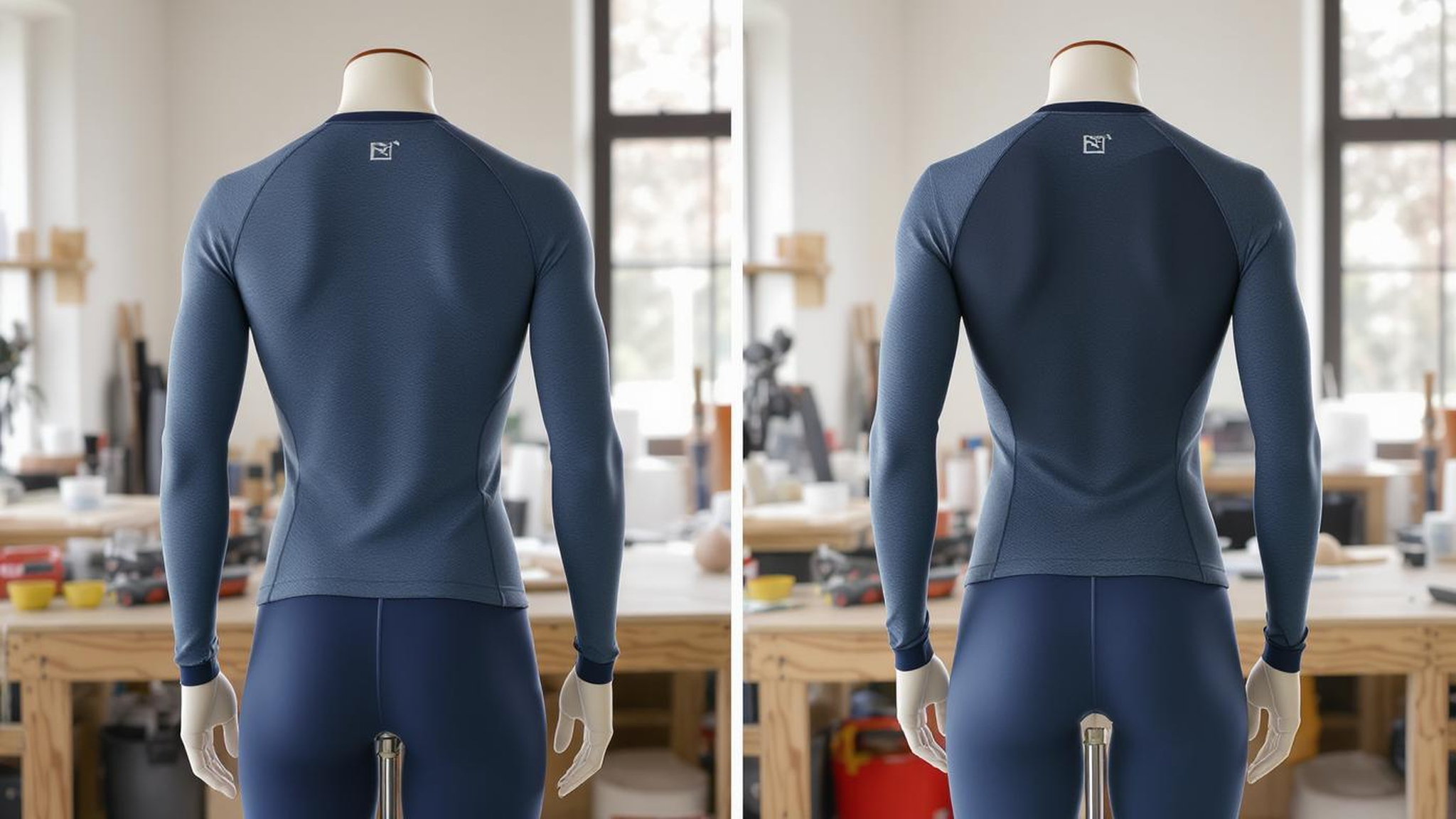
I had a client—a former eventer turned trainer—come to us last year. She said, “I love your fabrics, but your first sample rode up every time I sat deep in the saddle.”
We fixed it. But that feedback? That’s gold.
Most baselayers are designed by people who’ve never spent more than 20 minutes on a horse. They copy athletic wear patterns—short backs, high side seams, tight underarms—and call it a day. But when you’re in a two-point position or sitting deep in a dressage seat, that fabric pulls. It bunches. It rides up.
And then what happens? You spend half your ride tugging at your shirt instead of focusing on your half-halt.
The Anatomy of a Real Riding Baselayer
Let me break down what a real riding baselayer needs:
- Extended back hem: At least 3 inches longer than the front. Prevents back exposure when bending.
- Offset shoulder seams: Avoids chafing under jacket straps.
- Gusseted underarms: Allows full range of motion without tension.
- Seamless side panels: No hip rub, even after hours.
- Compression mapping: Light support at the core, zero restriction at the ribs.
We built this into our ErgoFit™ system after analyzing 147 rider postures across disciplines. Not guesswork. Data.
One of our wholesale partners, a boutique in Virginia, told us their return rate dropped from 12% to 2.3% after switching to our riding-specific cut. That’s not marketing. That’s design that works.
The Gender Gap in Fit
Let’s be real: most “women’s” baselayers are just smaller versions of men’s shirts. That’s lazy.
Women need:
- Bust contouring without compression
- Narrower shoulders
- Shorter sleeves (to avoid glove interference)
- Waist taper that doesn’t restrict breathing
We worked with a female para-equestrian last year—she needed a baselayer that wouldn’t bunch under her support brace. We redesigned the side panel, added a flex-zoned rib knit, and used a soft-lock seam to eliminate pressure points.
She wore it in competition. Medaled. Sent us a photo: “First time I didn’t have to stop mid-test to adjust my shirt.”
That’s what happens when you design for the rider, not at them.
Check out how we approach custom builds in our turn idea into real sportswear process. It’s not about templates. It’s about solving real problems.
Technology Should Serve the Rider—Not the Brochure
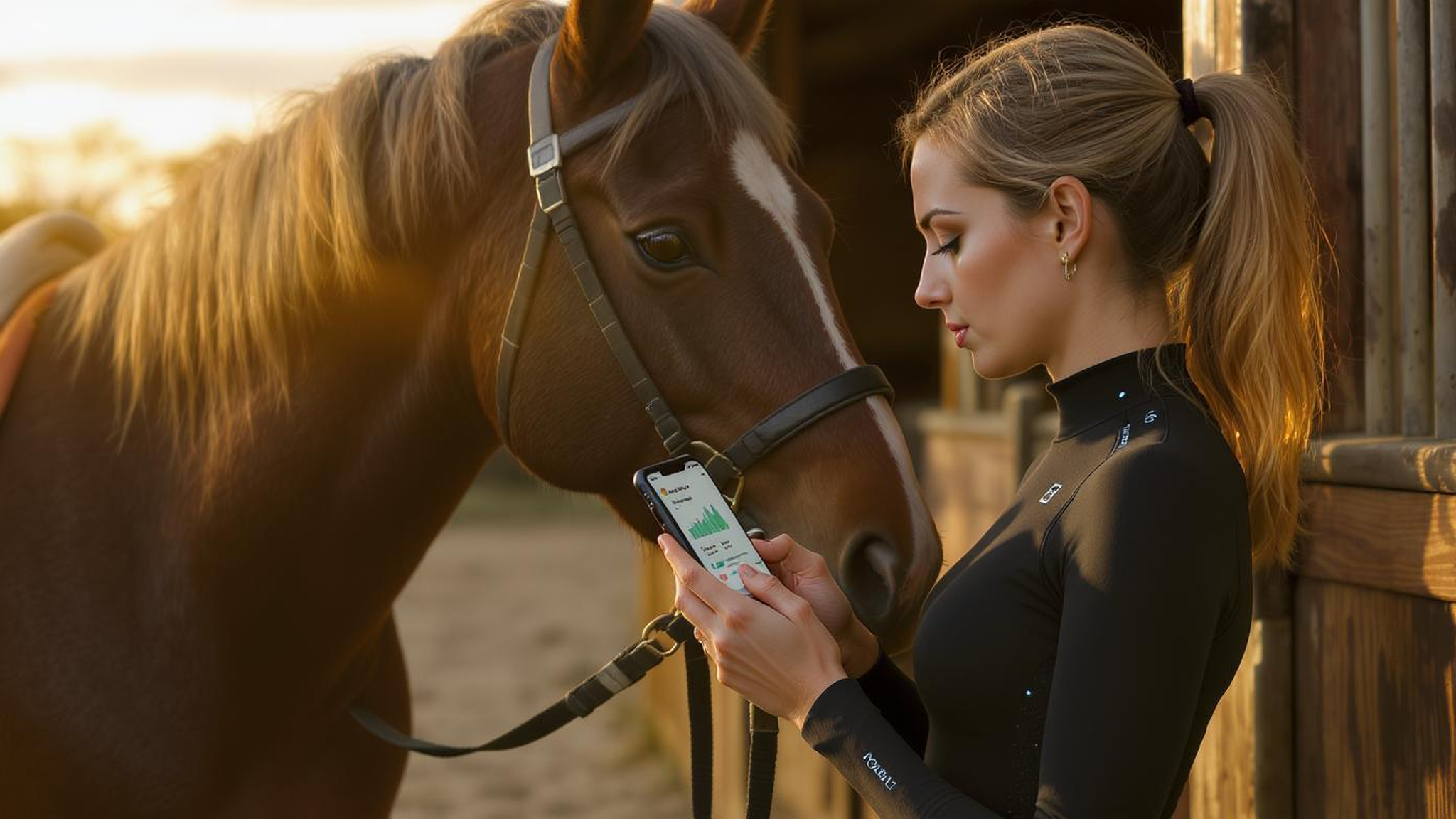
I’m not here to sell you sci-fi. But let’s not pretend the future isn’t already here.
We’ve had clients ask for heated baselayers for winter clinics in Scandinavia. Not gimmicks—real, battery-powered core warming zones, USB-rechargeable, with auto-shutoff for safety.
We’ve built UV-monitoring sleeves for endurance riders in Australia. The fabric changes color when UV exposure hits dangerous levels.
And yeah, we’re testing biometric feedback systems—heart rate, respiration, even subtle posture shifts. Not for data hoarding. For awareness.
One rider we worked with had a hidden tension habit—she’d clamp her left thigh during transitions. The sensor flagged it. Her coach fixed it. Her scores went up.
But here’s the catch: tech is useless if the base layer fails. You can’t slap sensors on a shirt that chafes. You can’t track posture if the fit is off.
That’s why we build tech into the fabric, not onto it. No bulky wires. No plastic pods. Just seamless integration.
And we don’t force it. If you want a clean, no-tech baselayer? We make those too. But if you’re ready to go further, we’ve got your back.
Sustainability Isn’t a Buzzword—It’s a Responsibility

I’m tired of greenwashing.
“Eco-friendly.” “Sustainable blend.” “Planet-positive.”
Bullshit.
Most “recycled” baselayers use 30% rPET and call it a win. We use 78% minimum—and we can go to 100% without sacrificing performance.
We partnered with a riding school in the Netherlands that wanted a zero-waste uniform line. We built it from ECONYL® regenerated nylon (made from fishing nets) and added biodegradable odor-control treatment.
They’ve been using it for 18 months. Still looks new. Still performs.
But sustainability isn’t just materials. It’s manufacturing. It’s packaging. It’s shipping.
We use compostable polybags. We offset 100% of our air freight. We’ve cut water usage by 60% in dyeing with closed-loop systems.
Is it more expensive? Yeah.
Do we pass it all to the client? No.
Because if you’re building a brand, your values should be in the seams.
Learn more about how we balance ethics and performance in our professional supply chain .
The Real Opportunity: Wholesale Isn’t Just Bulk—It’s Leverage

Let’s talk money.
You’re a shop owner. You buy baselayers at $18 wholesale. Sell them for $45. Margin: okay. But no differentiation. You’re competing on price.
Now imagine you walk in with a custom-designed baselayer—riding-specific fit, your logo, your colors, your story. You sell it for $65. Margin goes up. So does loyalty.
That’s what we do.
We’re not just a manufacturer. We’re a private label partner.
One of our clients, a Shopify store in Colorado, came to us with nothing—just a name and a dream. We helped them:
- Design a 3-season baselayer line
- Choose fabrics
- Build tech packs
- Create packaging
- Launch with low MOQs
They started with 50 units. Six months later, they’re doing 500/month. And their customers know the difference.
We don’t require huge orders. Our small seller support program is built for people who want to grow, not gamble.
And if you’re ready to build something real, we’ll walk you through it—step by step. Start the conversation here .
The Future Isn’t Coming—It’s Here (And It’s Quiet)
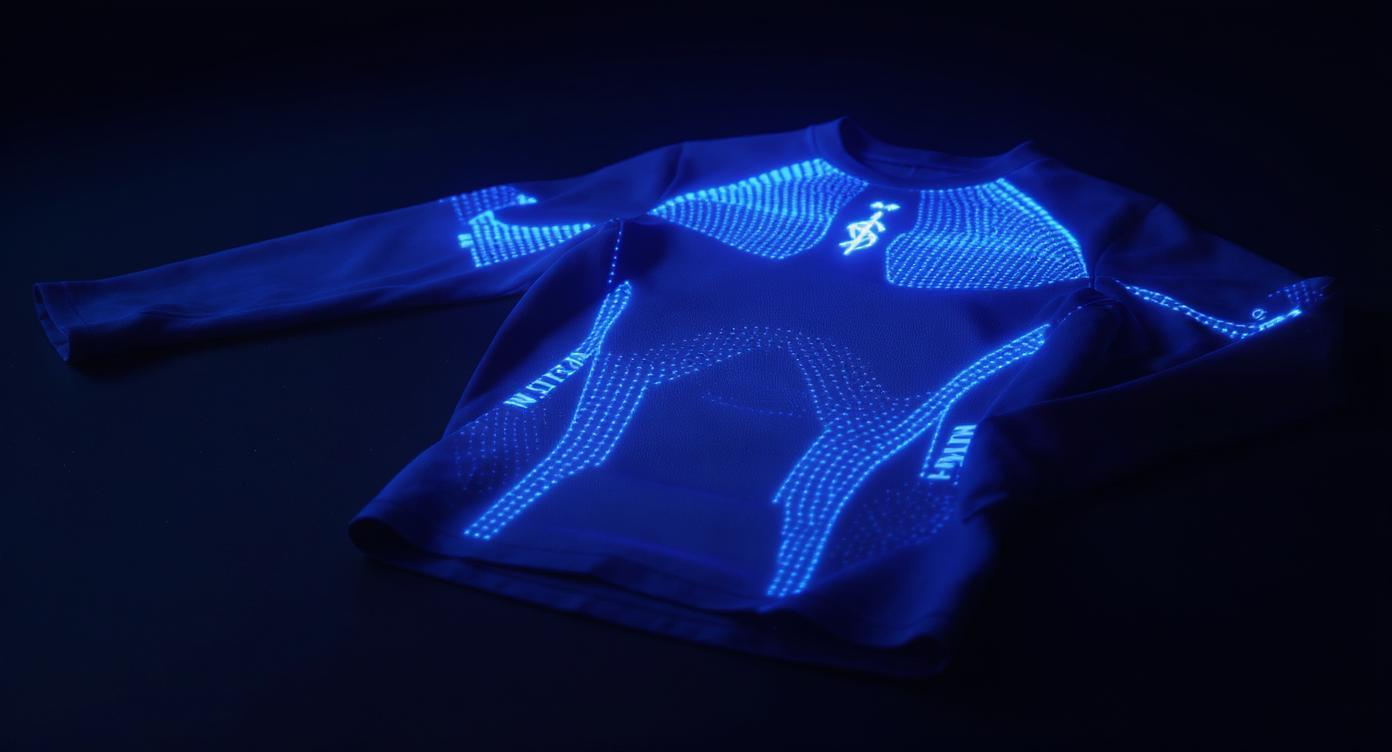
I’m not chasing hype.
No LED jackets. No voice-activated zippers. No gimmicks.
The future of riding baselayers is quiet innovation:
- Fabrics that regulate temperature before you feel cold
- Seams that heal micro-tears
- Dyes that never fade
- Garments that last 300+ washes
We’re testing a self-repairing polymer coating that seals micro-abrasions in the fiber. Not sci-fi. Lab-proven.
And we’re working on AI-driven fit prediction—upload your measurements, and we generate a custom pattern before we even cut fabric.
But none of this matters if the baselayer doesn’t feel right.
Because at the end of the day, you’re not riding for the tech. You’re riding for the connection. The rhythm. The trust.
And your gear? It should disappear.
Let it.
Wrap-Up
Look, I’m exhausted. I’ve been flying between factories, answering client emails at 2 a.m., and trying to be a decent parent on the side.
But I keep doing this because I’ve seen what the right baselayer can do.
It’s not just about staying dry or warm.
It’s about confidence.
It’s about getting off the horse and saying, “I didn’t have to think about my clothes once.”
That’s the standard.
And if you’re building a brand, selling gear, or just tired of riding in junk—you deserve better.
FAQs
Q: Can I really get custom baselayers with low MOQs?
A: Yeah. We start at 30–50 units, depending on print. No bulk gamble.
Q: Do you work with startups?
A: Most of our clients are startups. We’ve helped over 5,000 small brands launch.
Q: Are your fabrics really odor-resistant?
A: We use silver-ion and Polygiene. I’ve worn the same baselayer for three back-to-back clinics. Still smelled clean.
Q: Can you match my brand colors exactly?
A: We do Pantone matching. No “close enough.”
Q: What if the fit isn’t right?
A: We make a sample first. If it’s off, we fix it. No charge.
Q: Do you ship worldwide?
A: Yep. DHL, UPS, FedEx. We’ve shipped to 30+ countries.
Q: Can I use my own logo and tags?
A: That’s the point. It’s your brand. We just build it.
Q: Is sustainable fabric more expensive?
A: Slightly. But we balance it with lean production. No crazy markups.
Call to Discussion
I’ve been in this long enough to know no single post has all the answers. Every rider, every brand, every barn has a different story.
Maybe you’ve been burned by a “premium” baselayer that fell apart after two washes.
Maybe you’re sitting on a brand idea but don’t know where to start.
Maybe you just want gear that works.
Whatever it is—let’s talk.
Agree, disagree, or got a wild story? Let’s hear it.

